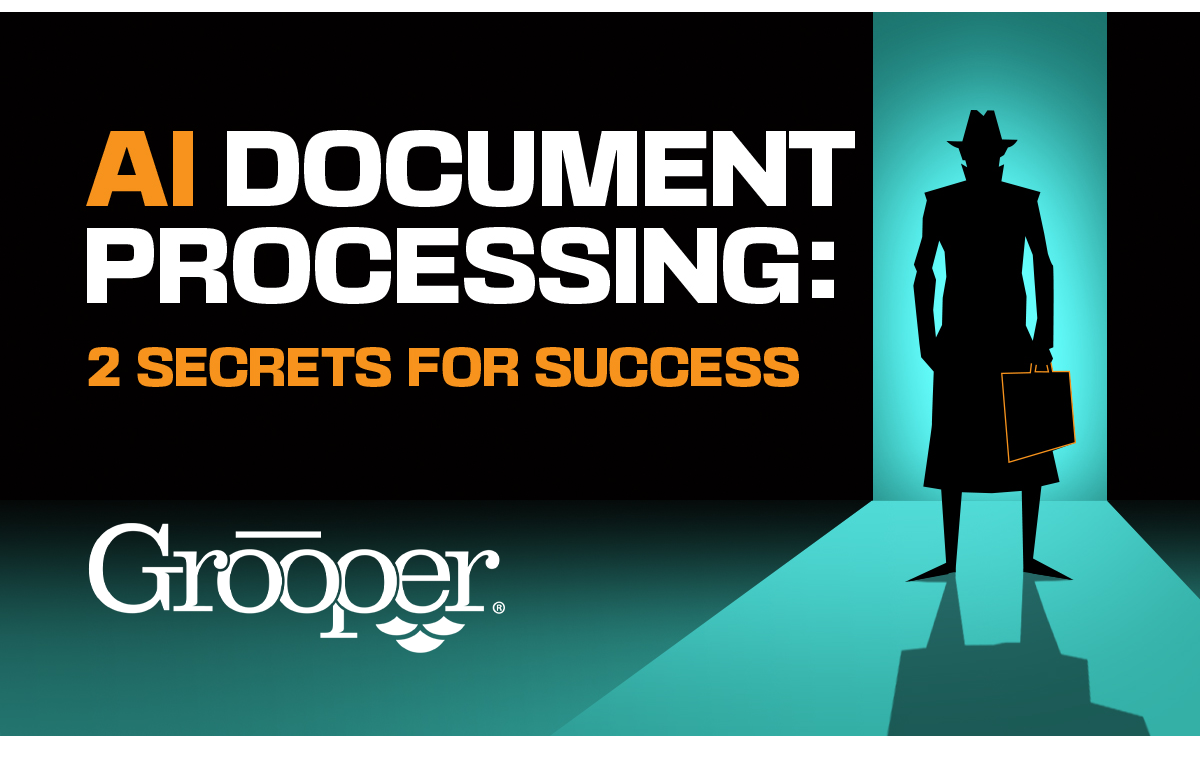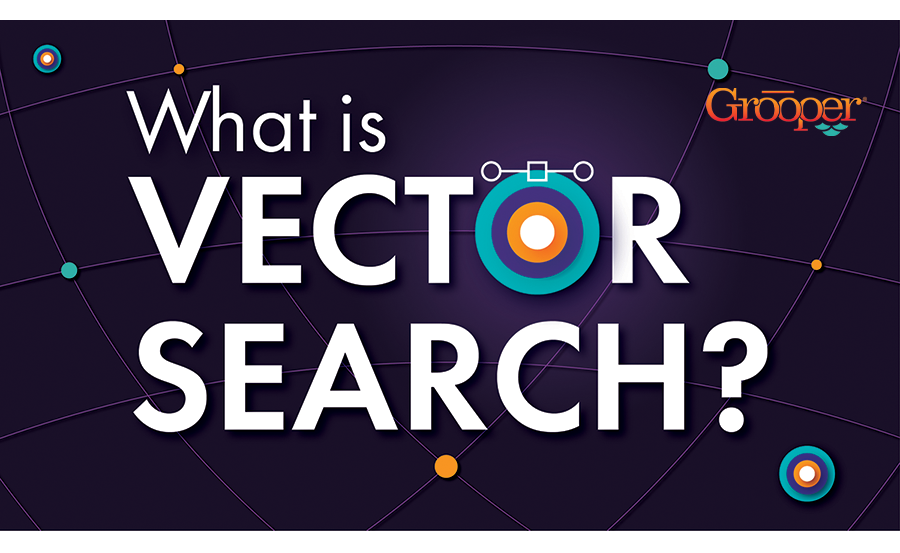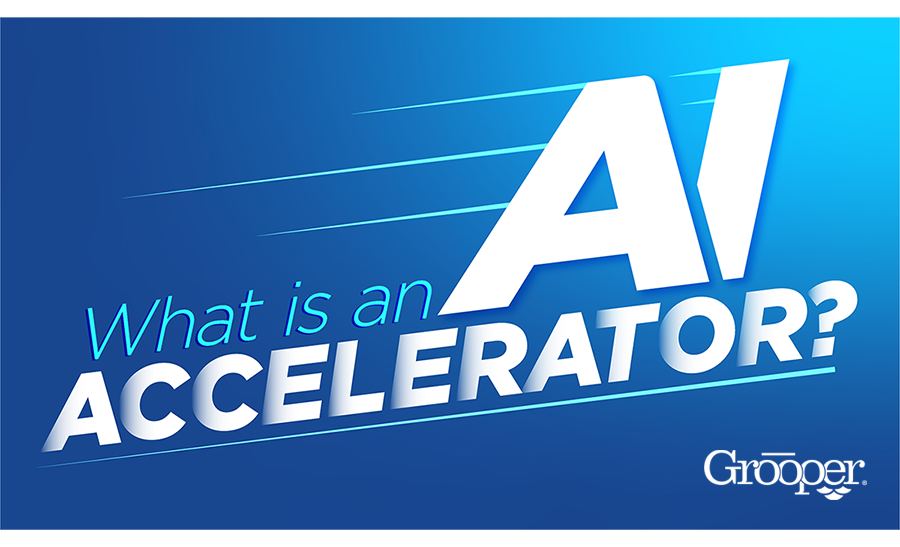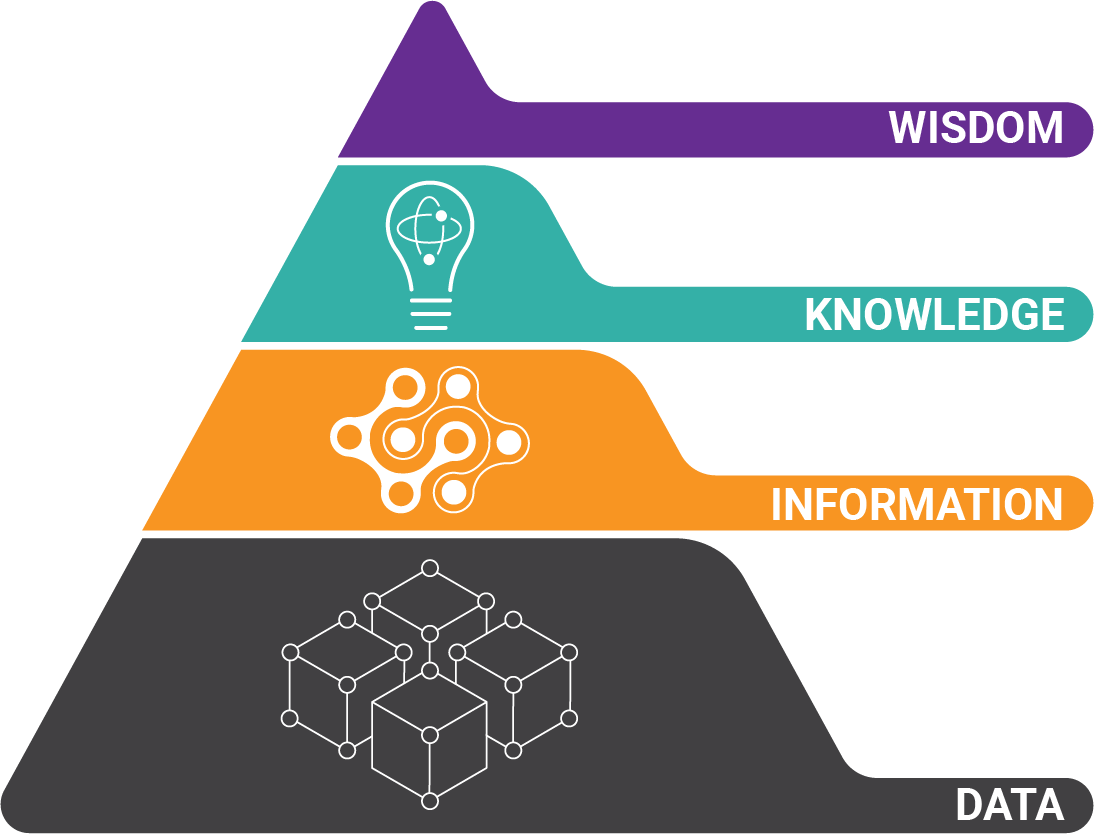Tired of your document processing software making loads of mistakes?
You're not alone.
Most AI document processing systems struggle with the real world. They can't handle all the variations in documents you throw at them, and their accuracy can be...well, questionable.
This blog post will reveal the 2 dirty secrets of AI document processing and show you how to get a system that actually works for you. Learn how to:
- Stop wasting time training your AI on endless document variations.
- Ensure top-notch data accuracy (even when your AI messes up).
- Unleash the true potential of AI document processing
Get ready to transform your document processing from frustrating to fantastic...
Table of Contents:
- 2 Secrets About AI Document Processing
- What is AI Document Processing?
- Step-By-Step Guide to AI Document Processing
- How AI Document Processing Works
- How AI Document Processing Improves Over Time
- How Document Processing Uses AI (and You) to Fix Data Errors
- What's a Use Case for AI Document Processing?
- Benefits of Document Processing with AI
Get Our Free Guide: 7 Ways to Modernize
Your Document Processing
 Interested in taking your document / data processing to the next level? Check out our guide "7 Ways to Modernize Your Document Processing." In this packed 6-page guide, you will discover:
Interested in taking your document / data processing to the next level? Check out our guide "7 Ways to Modernize Your Document Processing." In this packed 6-page guide, you will discover:
- Why many AI document processing systems can't handle everyday projects
- The #1 thing your system needs to carry you into the next wave of computing
- How to process billions of data items per day
Two Secrets About AI Document Processing
Secret #1: You Have to Get Intimate with Your Data
 One of the biggest challenges people face in a complex document processing situation is simply knowing about all the variations of a document before they begin production.
One of the biggest challenges people face in a complex document processing situation is simply knowing about all the variations of a document before they begin production.
I'll let you in on a little secret: We rarely know all the variations.
But the worst part is, most clients don't realize how much variation they have in their documents until they start a document processing automation project. It's just part of the process.
I jokingly call this "getting intimate with the data." But this is an important step and is what's needed while the AI document processing system is being built.
So what does this mean? Look for a software vendor that can design a system that will perform exceptionally well in production from that good, clean source data.
Secret #2: Intelligent Document Processing Does Not Improve on It's Own!
 You see, AI does not "just get better as it goes." Not on its own. That's another little secret.
You see, AI does not "just get better as it goes." Not on its own. That's another little secret.
It doesn't sound all that technologically advanced. Still, the reality is that if a new variation comes along and doesn't get good recognition, the AI document processing system must be adjusted by a human to accommodate that new variation.
In my opinion, AI is getting worse right now.
The focus on GPT engines (Generative Pre-trained Transformers) has introduced us to the ugly side of AI: false data that looks correct.
If you’ve recently seen an online article that had blatantly incorrect factual data, the website was probably generated by the newest generation of GPT engines. They are adept at making text that looks like how humans write.
The problem is, and has always been, the AI doesn’t understand what it’s doing: it’s a talking parrot, unable to understand what it is creating.
Even these fancy, state-of-the-art engines, which are creating bad data as well as good data, have been human-trained.
How Document Processing Solutions Improve Over Time with AI
 This is why systems don’t “just get better” on their own. And you don’t want your validation operators introducing errors into the system by accepting a change that may or may not be correct.
This is why systems don’t “just get better” on their own. And you don’t want your validation operators introducing errors into the system by accepting a change that may or may not be correct.
Some intelligent document processing (IDP) solutions, like Grooper, have a lot of tools to help you facilitate a timely resolution to adding in new variations of documents. For instance, with these top solutions:
- You can copy or move a batch from production into the test environment with three clicks
- Once you have a document in your test environment, you can test against the published model, quickly find and adjust the model to recognize the new document or data element
- Push the model back into production
- Then, you can update the batches in progress to take advantage of this new model definition
Easy peasy, as they say.
So yes, AI document processing software does get smarter with time. But not on their own.
How Document Processing Uses AI (and You) to Fix Data Errors
 With a trained human administrator making the necessary adjustments, the best AI solutions will operate at or nearly at 100% for data extraction. I know this because we've put a lot of time and effort into Grooper's ability to correct poorly OCR'd documents as we know that OCR software alone is not perfect.
With a trained human administrator making the necessary adjustments, the best AI solutions will operate at or nearly at 100% for data extraction. I know this because we've put a lot of time and effort into Grooper's ability to correct poorly OCR'd documents as we know that OCR software alone is not perfect.
Sometimes optical character recognition (OCR) is 100% confident, and the results are still flat wrong. (If your system doesn't have a way to fix poorly OCR'd data, you need to talk to us!)
The top-of-the-line automated document processing software, like Grooper, can force the data into the format it's looking for. How?
By using natural language processing concepts that are built into an implementation of Regular Expressions (REGEX). Once you turn on "fuzzy" regex, you now have the ability to force data into the form you want it to be in.
What's a Use Case for AI Document Processing?
For example, here's how I used NLP and regex in electronic document processing to correctly extract medical ICD 10 codes:
- I'm no expert in these codes, but I know there must be a library of them somewhere that we can validate against.
- A valid ICD 10 code is from 3-7 characters and starts with a letter. Other requirements make it ideal for a Regex pattern.
- I know OCR likes to confuse the number one and the lowercase “l.” They look a hell of a lot alike.
- Through weightings, Grooper can define the swap from an "l" to “cost less” than other character swaps.
- Algorithms favor efficiency, so I usually use .1, or one-tenth of the value of a normal character swap. This means I can run a high confidence level for my field, 99%, and still have that swap happen.
- Any other character swap will cost 1/x, where x is the number of characters in the field. So in an 8-character word, a normal swap would cost 1/8th, or 12.5% of confidence for a single character.
If the Regular Expression engine wanted to make a swap, the resulting confidence would be below our threshold of 99%, so no match would result.
But with Grooper and a weighting, I can guarantee that the swap will happen if OCR commits an error in its results.
Benefits of AI Document Processing
 This means that with a trained human administrator, you can get better data than OCR will give you. That's the important part here.
This means that with a trained human administrator, you can get better data than OCR will give you. That's the important part here.
It's all about getting good data from bad, and it's an essential part of top-of-the-line AI / cognitive document processing solutions like Grooper.
We can massage data for you at scale to allow you to fully benefit from AI-based document processing. So what does this mean? Fewer errors directly relates to less cost of ownership and higher instances of straight-through processing.
Grooper was built to succeed where other IDP systems fail. So give us a call, and we'd be happy to show you how Grooper can help process documents.
Other benefits include:
Cost-Effective and Flexible
Improve your organization's efficiency by extracting data from structured, semi-structured or unstructured documents and making that structured data available to your line-of-business solutions and users.
Improve your data accuracy and compliance
Automate and validate all your intelligent documents extraction to streamline compliance workflows, drastically reduce manual entry, reduce guesswork, and keep data accurate and compliant.
Use your data to meet customer expectations
With AI document processing, you can leverage new insights from your data to meet customer demands and improve satisfaction, advocacy, lifetime value, and spending.
What is AI Document Processing?
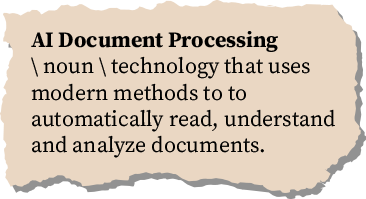 AI Document Processing is technology that uses modern methods to automatically read, understand and analyze documents.
AI Document Processing is technology that uses modern methods to automatically read, understand and analyze documents.
Reading and understanding documents is a challenging task for technology as there is a wide variety of document structures and formats, and poorly scanned document images.
How AI Document Processing Works: 5 Steps
Intelligent Document Processing can significantly enhance business operations, especially when it works with artificial intelligence (AI). Machine Learning (ML) and AI technologies like natural language processing (NLP) offer huge benefits to organizations and are crucial components of digital transformation efforts.
Document processing with AI involves five separate stages: document ingestion, condition, classification, extraction, and delivery.
One of the primary use cases for these technologies is AI document processing, which automates document recognition and extraction of critical information.
That's because the business world generates massive volumes of documents, such as invoices, forms, contracts, and receipts. The sheer volume of paperwork can cause numerous issues, including processing delays, errors, and significant time spent on manual data entry.
However, AI document processing can automatically recognize various document types and extract relevant data without manual intervention. By streamlining the document processing workflow, IDP and AI can boost efficiency, reduce errors, and free up valuable resources to focus on more important tasks.
Step-By-Step Guide to AI Document Processing
This is a step-by-step guide to AI document processing:
1. Ingest Documents
The first step in IDP is to import the document into a software that uses document AI features. This can be done by:
- Uploading digital documents (like PDFs) received through email attachment, upload, or secure file transfer
- Scanning physical document papers
2. Condition Documents
This stage prepares documents for further processing by normalizing the format and cleaning up document images. IDP then uses full-text OCR to recognize data in the form of text and images in the document.
3. Organize or Classify
The next step is for the system to classify the document type. Basically, the software needs to understand the document layout and use document AI to determine whether it’s an invoice, purchase order, receiving document, EOB, contract, mortgage document, or financial form.
Once the software recognizes the type of document, it can begin to process it.
4. Collect and Extract
The AI then extracts data from the document and converts it into a format that a machine or person can use. This involves translating the unstructured data in the document into structured data that software can easily work with. The IDP system also sends data to humans for reviewing if there is an issue with extracted data.
For example, the IDP could read an invoice, send data into ECM or downstream systems, facilitate two or three-way invoice matching, and then notify the accounts payable department if there is a discrepancy in a new invoice.
5. Deliver
Finally, the IDP system exports documents and the data within to a pre-defined destination.
About the Author: Tim McMullin
Tim McMullin brings extensive sales and solution design experience to help customers and partners successfully meet their business objectives.
With more than 25 years of technical and sales expertise in the enterprise document and data capture space, Tim is responsible for managing Grooper sales at BIS. His leadership focuses on the expansion of all things Grooper, especially the channel and traditionally underserved verticals.
